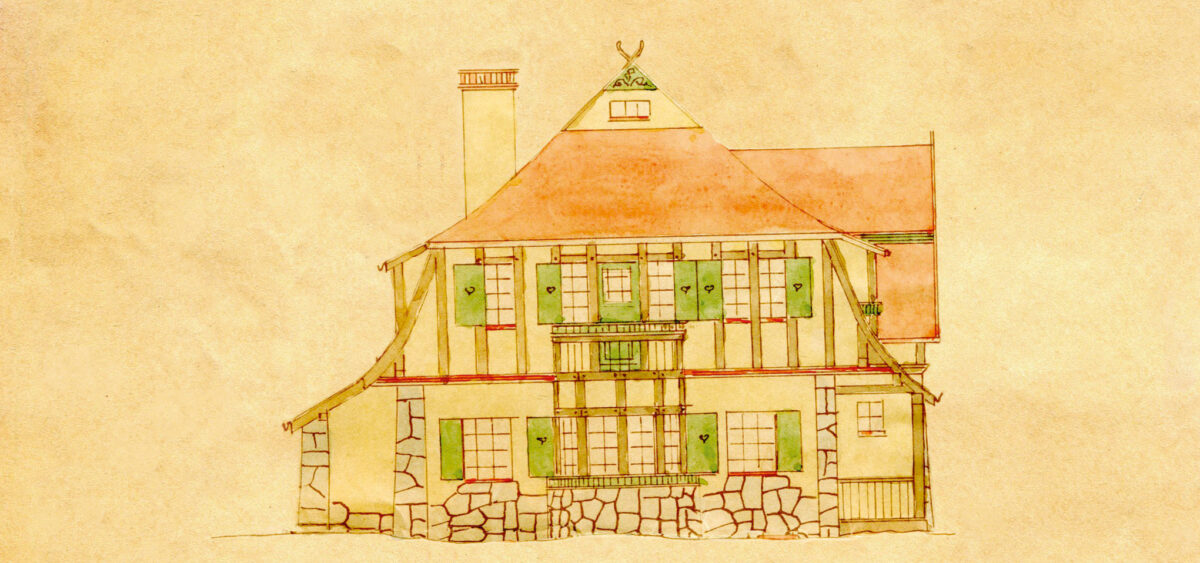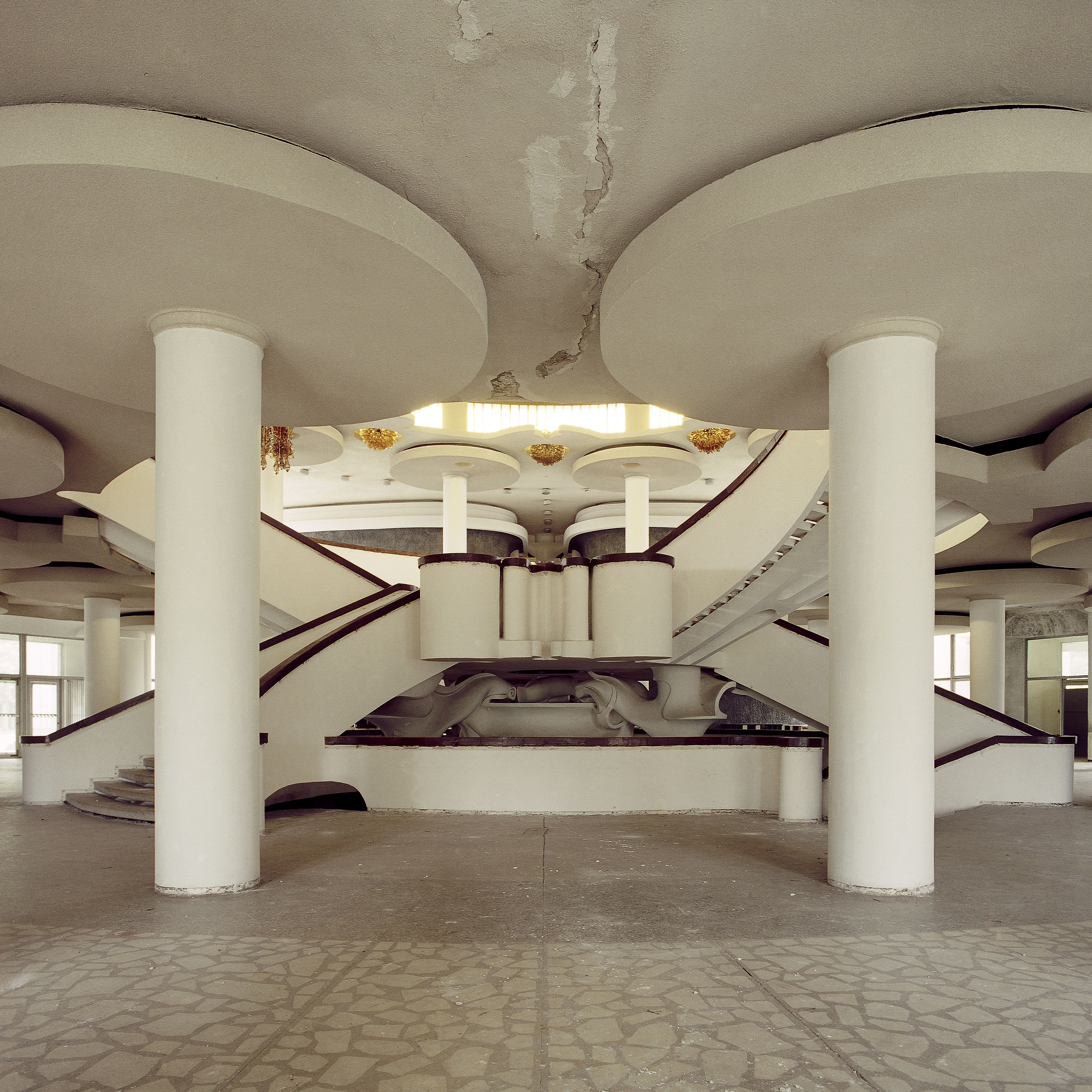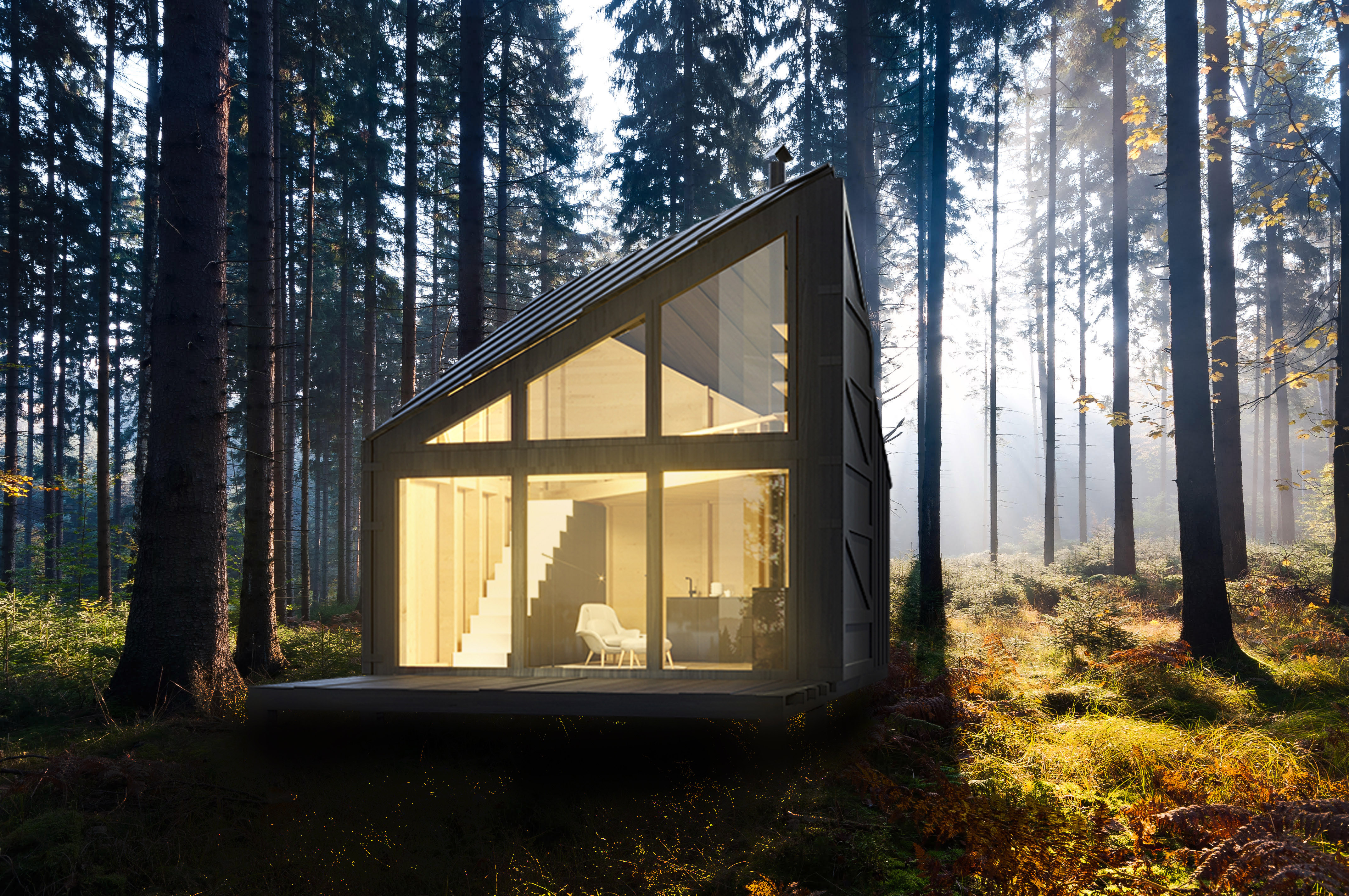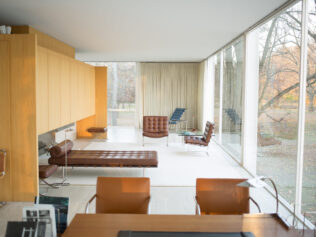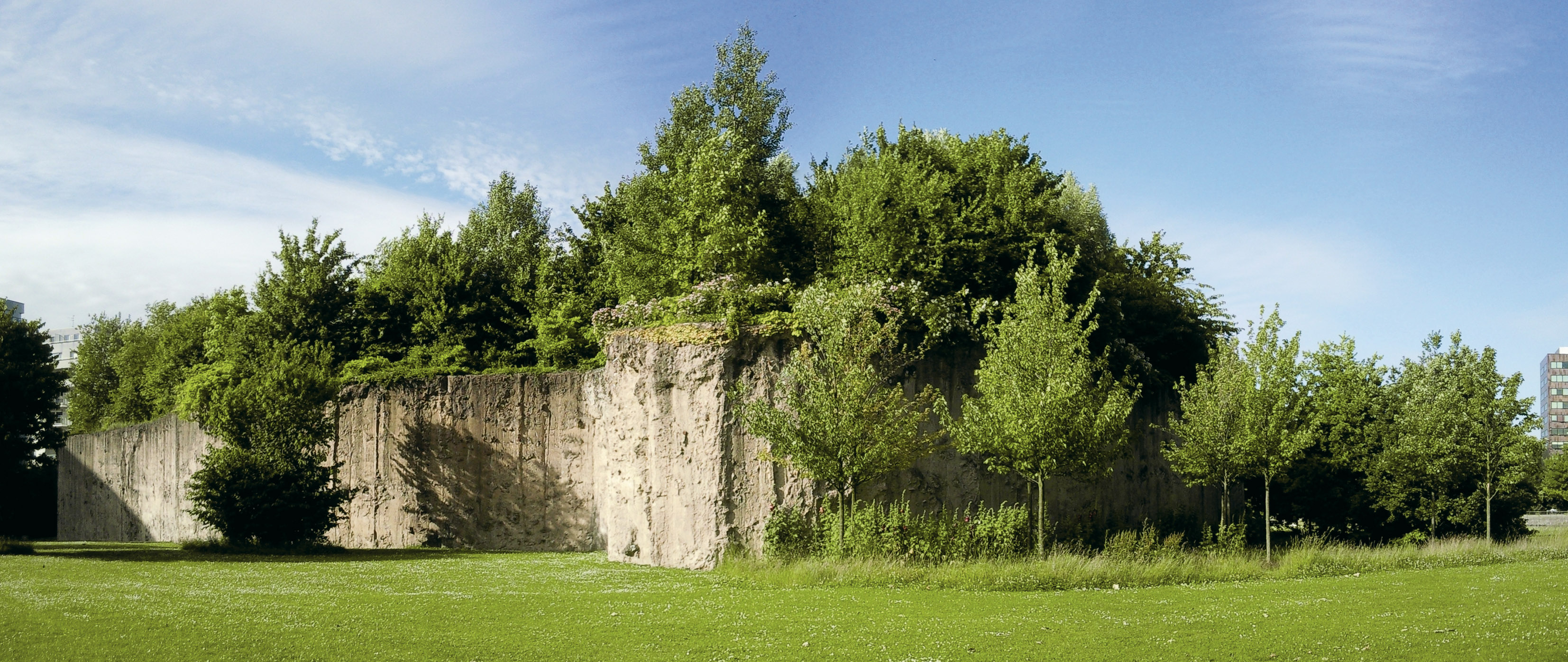
As one of the most prestigious schools of crafts and fine arts celebrates its 100th anniversary, his name appears everywhere. Walter Gropius was the co-founder of the Bauhaus and one of the most eminent representatives of the International Style. In many books, the list of his notable projects opens with the Fagus Factory, a shoe last factory built in 1911 in Alfeld. The trouble is, by that time Gropius was already pushing 30, and had had many other projects in his portfolio before Fagus. Some of them are located in… the West Pomeranian region of Poland.
Gropius came from a family of engineers and architects, and yet he never learned how to draw properly. At school, he always had his projects completed by hired draughtsmen or other students. In March 1903, Gropius began his studies at the Technische Universität München, but he left the faculty after his first semester. Two years later, he enrolled at the technical college in Charlottenburg, but he didn’t last long there either, and quit after four semesters. Gropius learned his trade directly from the professionals. He never got a diploma. He gained experience in several architecture studios, but he probably learned most from his own family, who commissioned him for numerous projects in order to support him.
Among his family members, the young architect was perhaps most indebted to his paternal uncle Erich Gropius, who owned a large property in Jankowo in Pomerania. There, Walter built a granary, smithy and several other constructions, all in the regional style (Heimatstil), referring to the local tradition of combining masonry with timber beam gables. Until the end of the 20th century, little was known about the Pomeranian designs made by Gropius. The architect himself made sure to keep quiet about them. The paperwork documenting these constructions was only released in the early 1980s, after the death of Walter’s second wife, Ise, when some of his private documents were sent to the Bauhaus archive in Berlin. The style from Gropius’s early career was very different from the one that gained him global fame and esteem later. The architect had ‘edited’ his professional biography, removing anything that could be considered conservative.
In 1905, the future guru of modernist architecture got his first job that didn’t rely on family favour. Otto Metzler and his wife Elisabeth wanted Gropius to design their new villa with a view of a river. The 22-year-old Gropius completed the project in no time – by late 1906, Mr and Mrs Metzler had already moved in. The building survived both world wars (which cannot be said of all of Gropius’s designs in that region). It is located in Drawsko Pomorskie (formerly called Dramburg) – a town currently known mainly for its function as an entryway to the largest firing range in Europe.
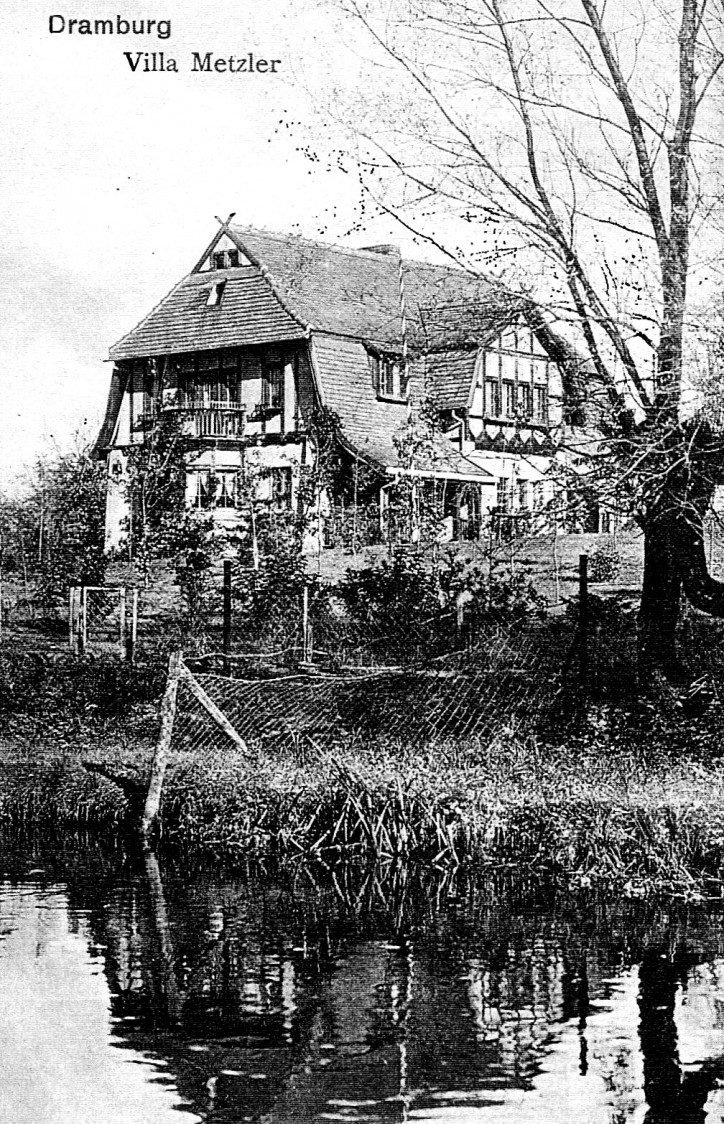
To see the villa, you need to go to 9 Obrońców Westerplatte Street and walk between two post-war tenements from the early 20th century. A few steps in and a small spruce coppice gives way to a folktale-like house. Its immense half-peak mansard roof is covered with red tiling. The southern and northern slopes cover longer sides of the house, including the full first floor and attic. You can only tell how many floors there are when looking at the gables. The ground floor, which once housed living rooms, is made of a granite base and plastered brick walls. The first floor, where the bedrooms and bathroom used to be, was built from a half-timbered wall with visible wooden construction of vertical and horizontal pieces. Both gables are finished with crossed slates – a popular decorative element of wooden houses. The house is decorated with avant-corps, balconies and verandas, although sadly, some of them have already been covered up, and the house has been divided into two separate apartments. As if that wasn’t bad enough, some windows have been replaced with plastic ones.
Despite these unfortunate modifications, the Gropius villa still looks interesting and remains charmingly connected to the surrounding landscape. The building stands on a small hill, right next to the Drawa river, on the other side of which spans a vast public park. In the afternoon hours, light shines through the trees and enters the house through the large bay window on the western façade. Above the window, the architect placed a small balcony, from which one can watch the beautiful green landscape on both sides of the river.
The change in Gropius’s approach to architectural design in such a short time seems stunning, even more so when looking at this house. Only five years had passed since the completion of the Metzler Villa to the design of the Fagus Factory, hailed the first modernist building in the world by many historians of architecture. The case of Walter Gropius proves that revolution in architecture – and in the way of living – can be made anytime, without waiting for any significant changes in the world around us (indeed, all of this happened before World War I). All we need to do is grasp the spirit of our time and walk towards the future along with it.
Translated by Aga Zano


